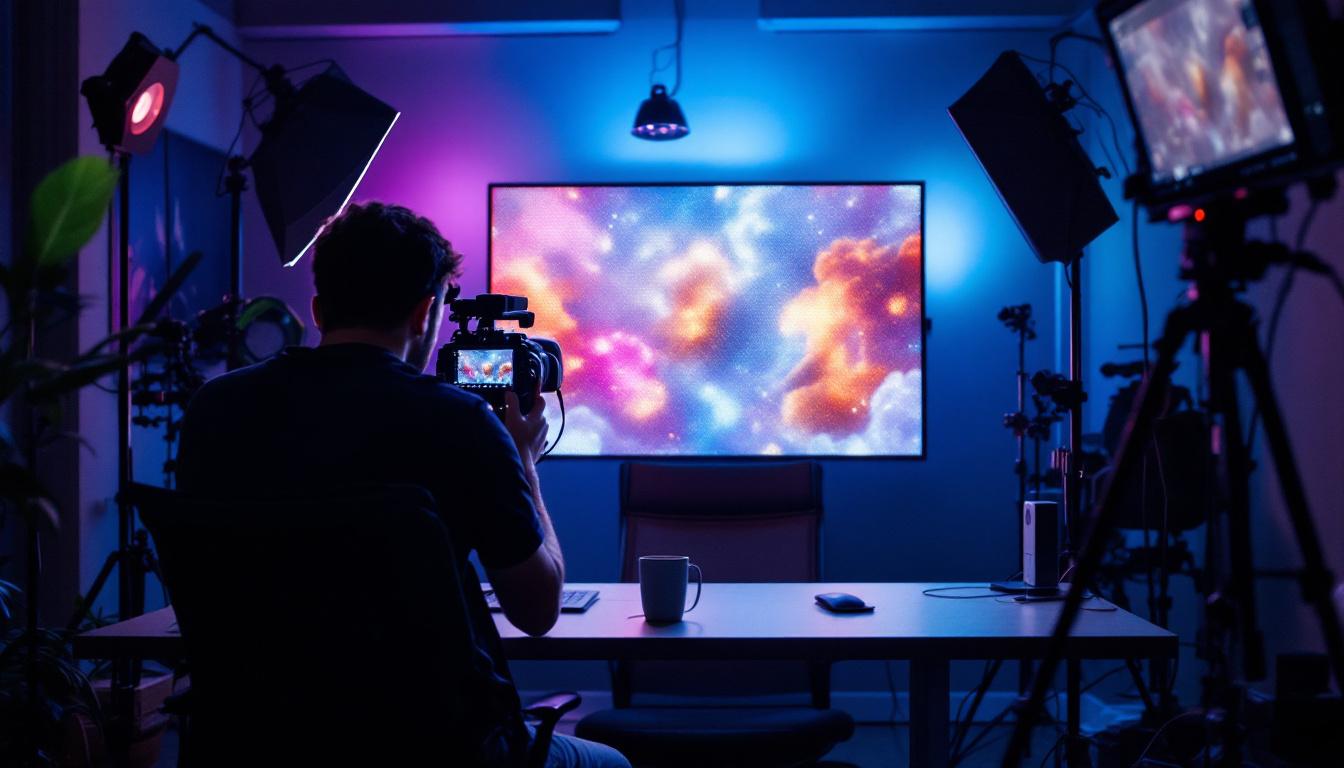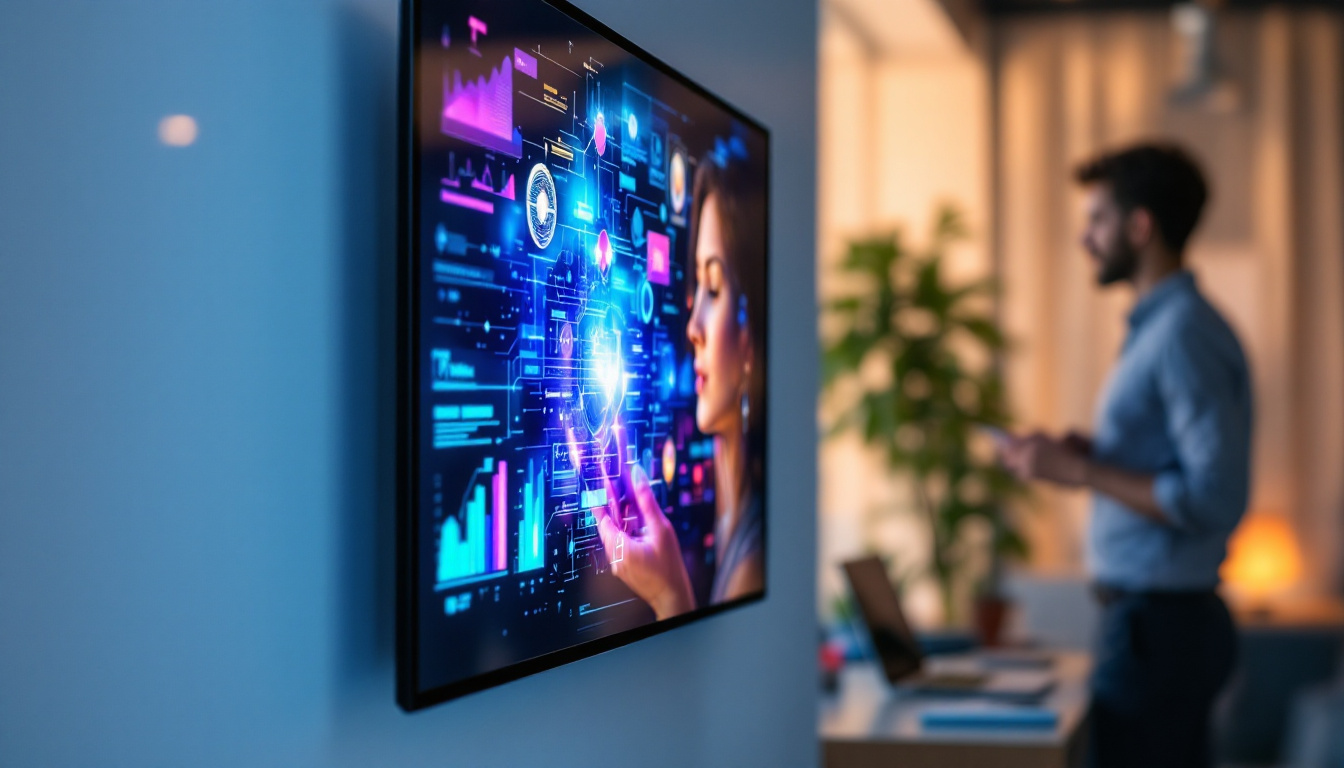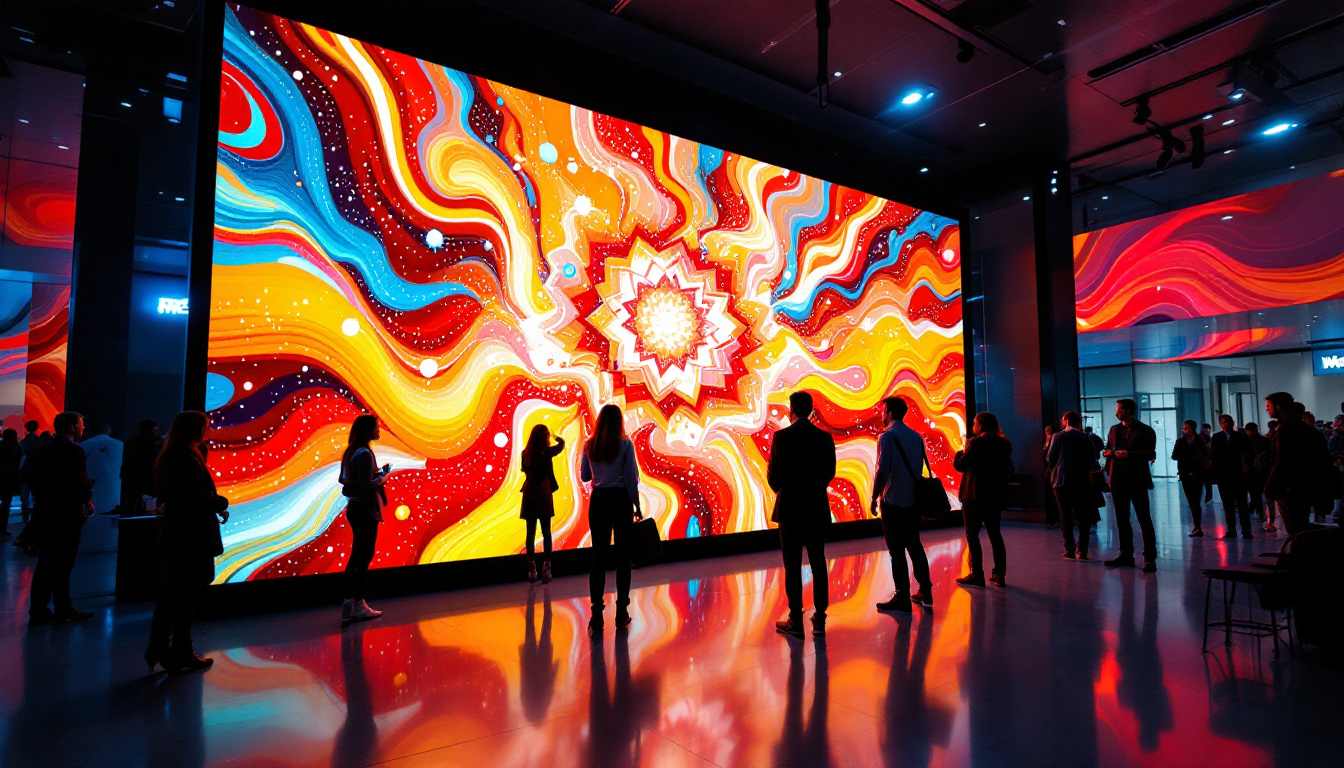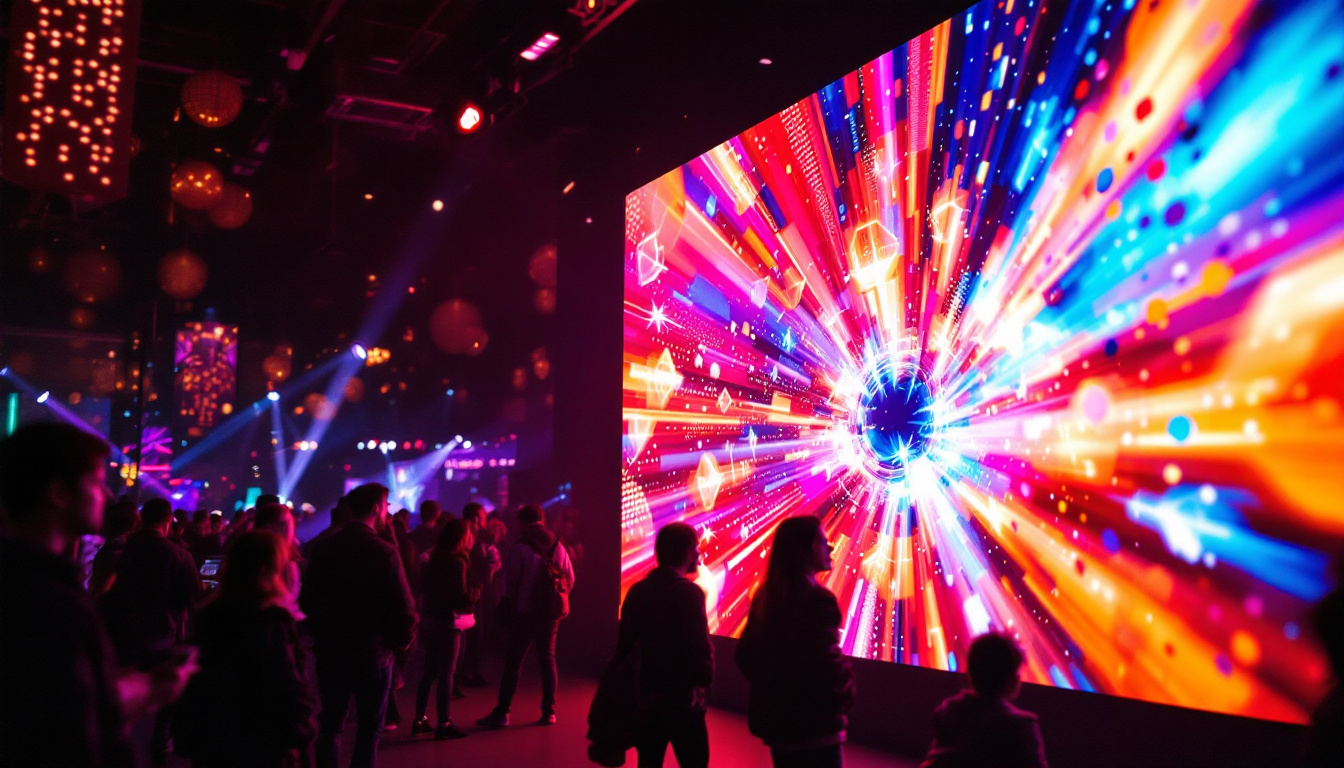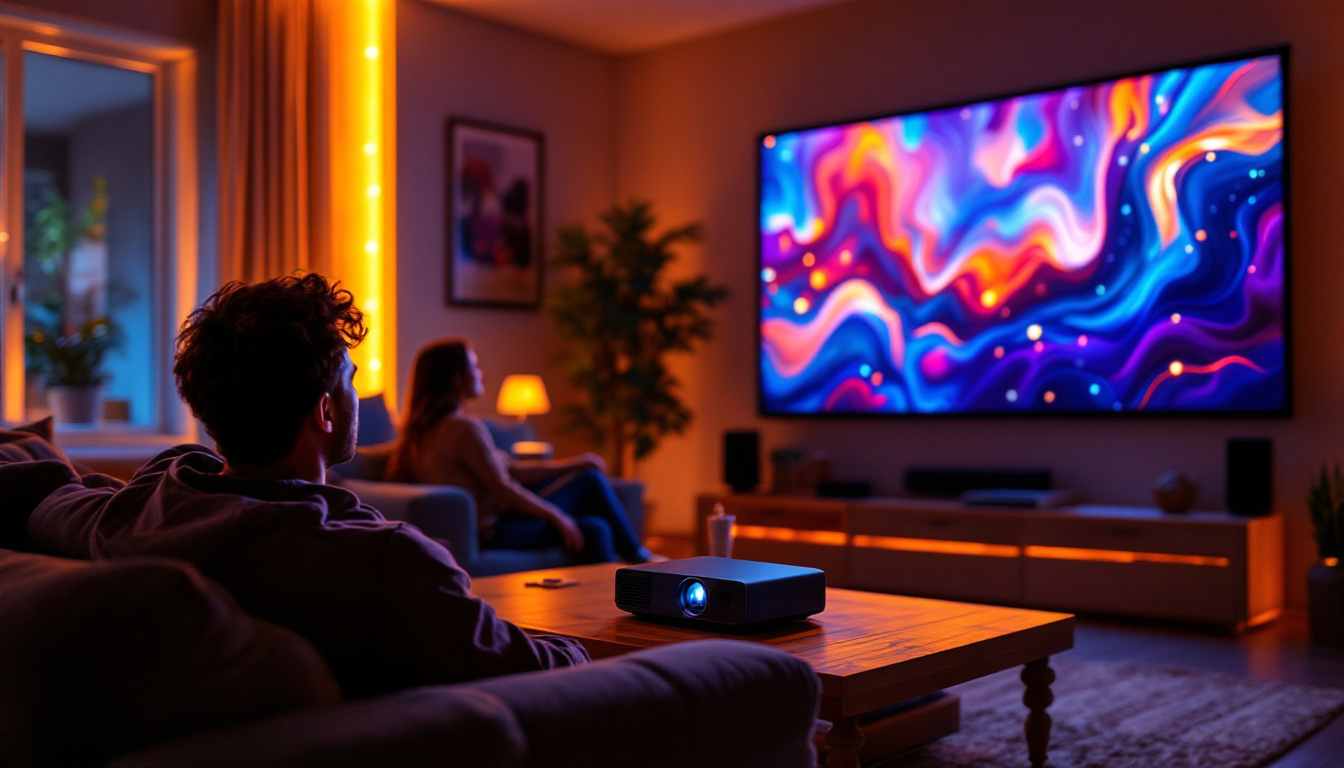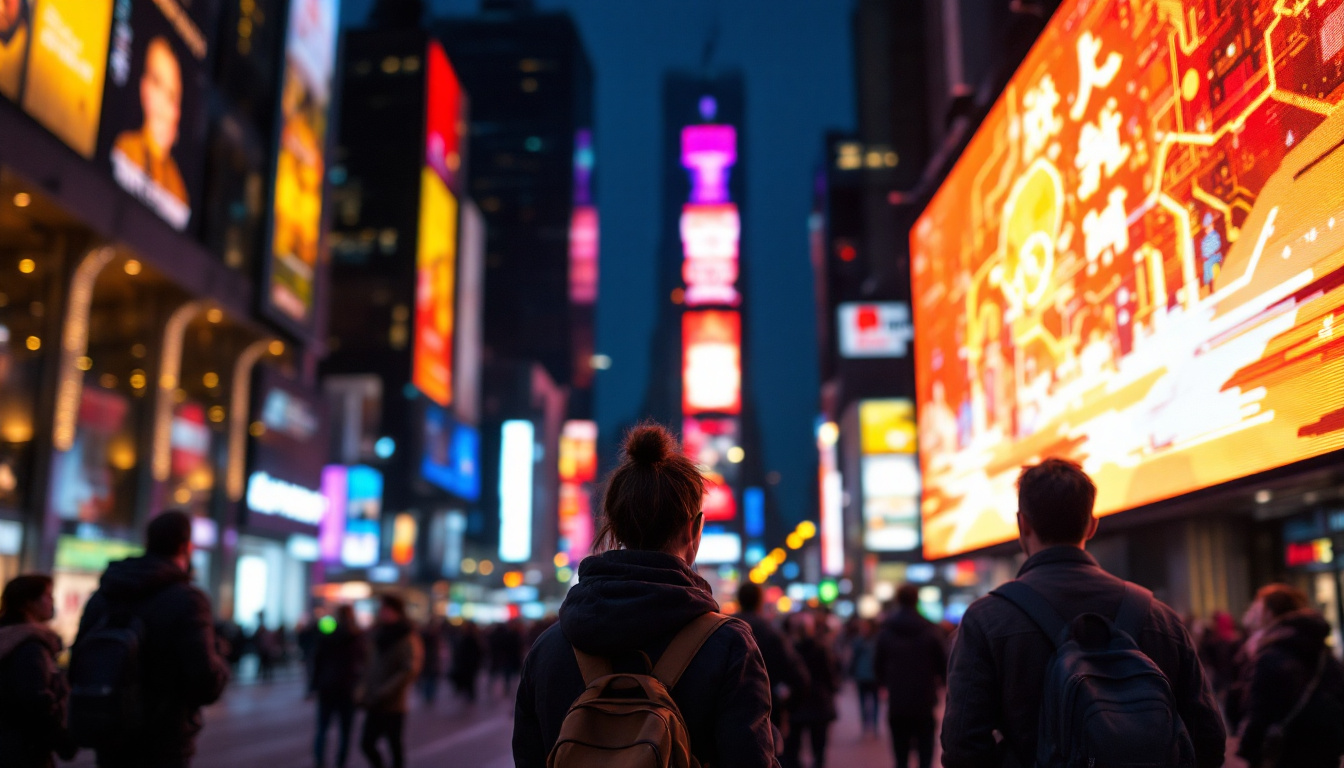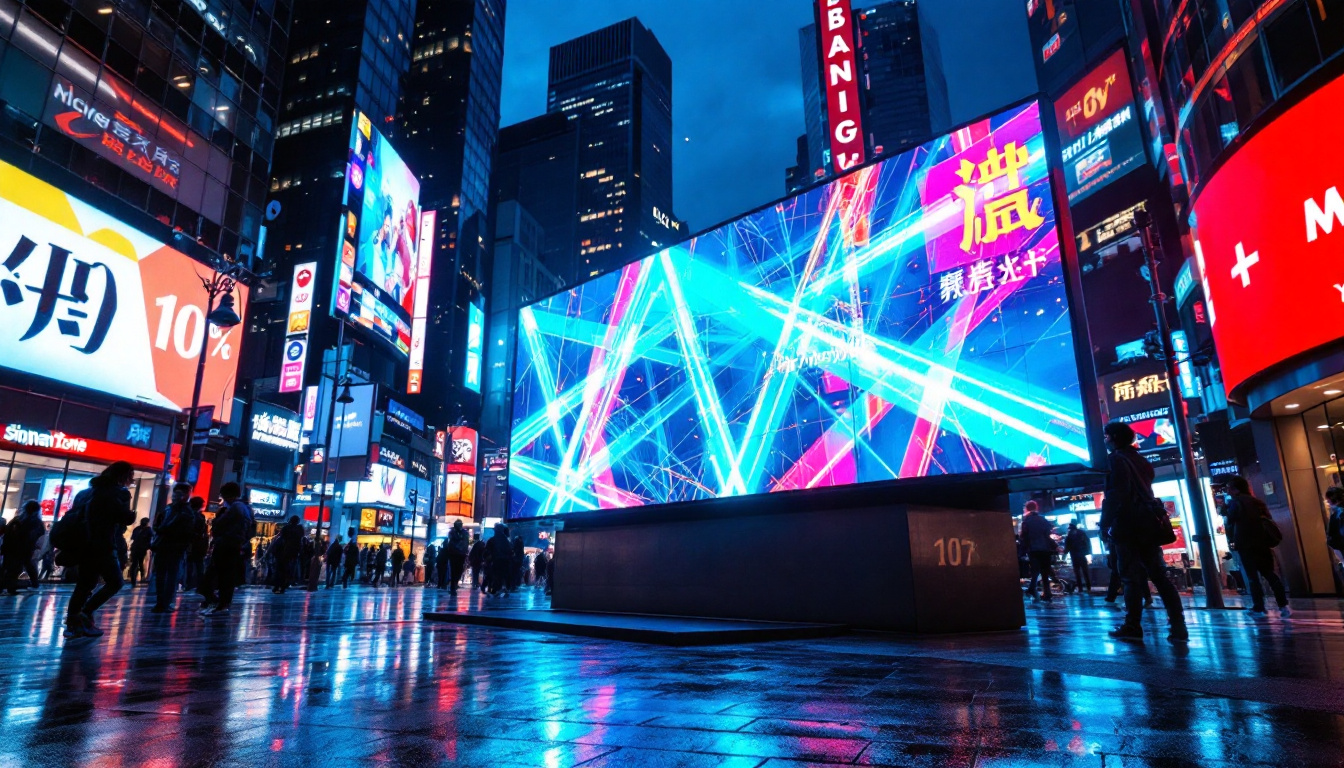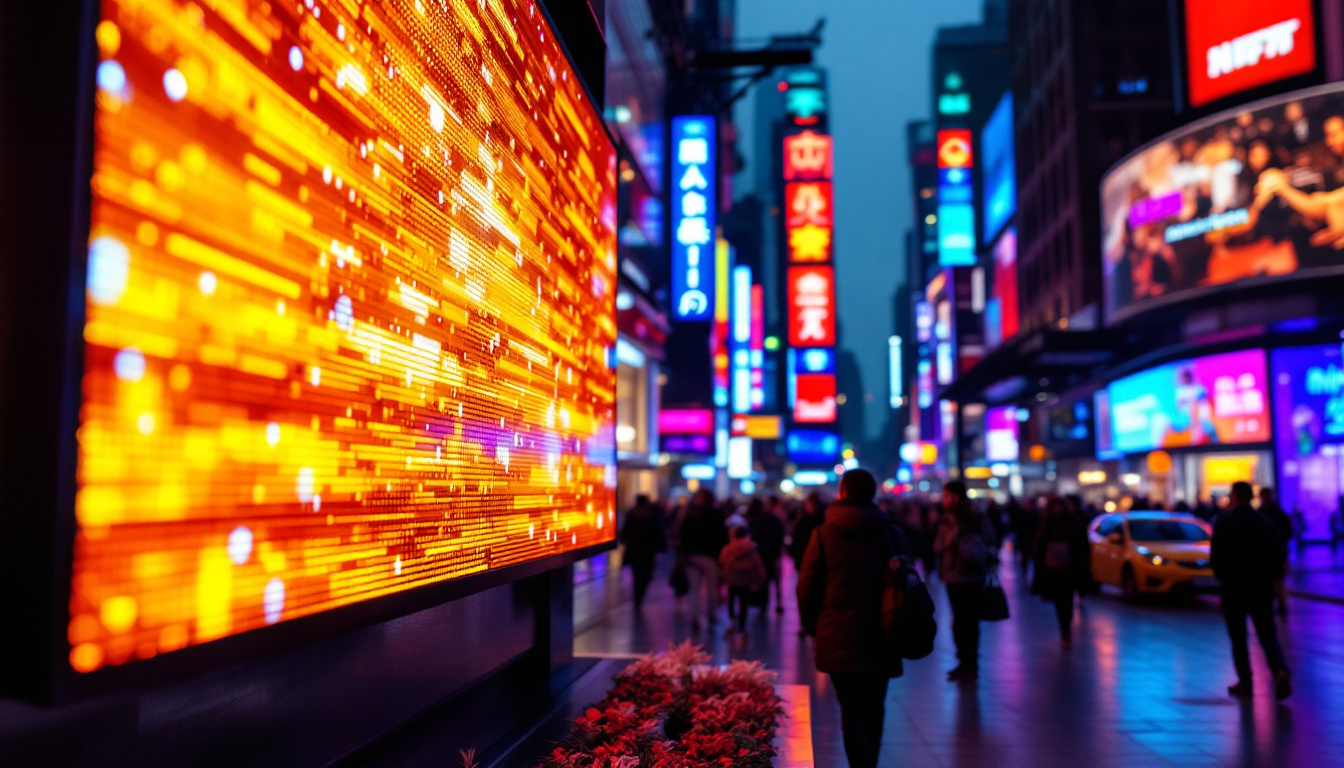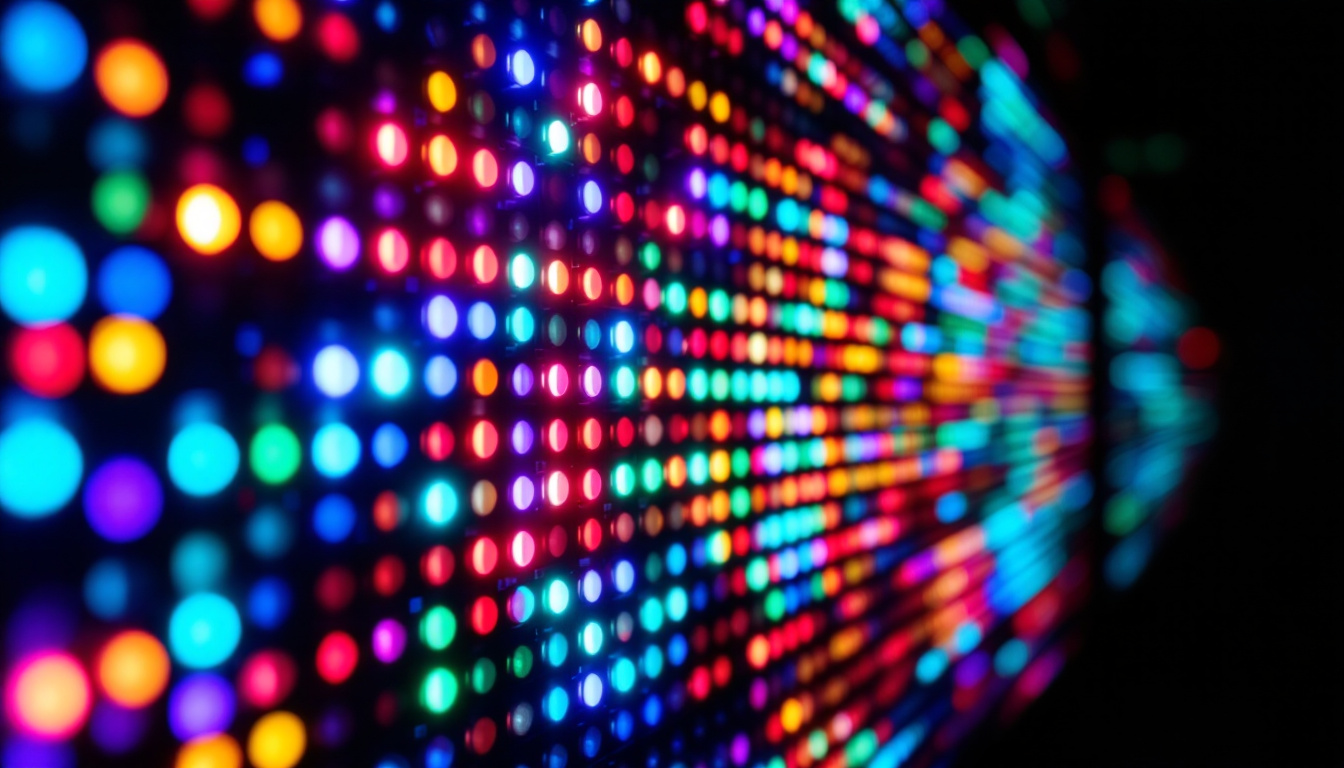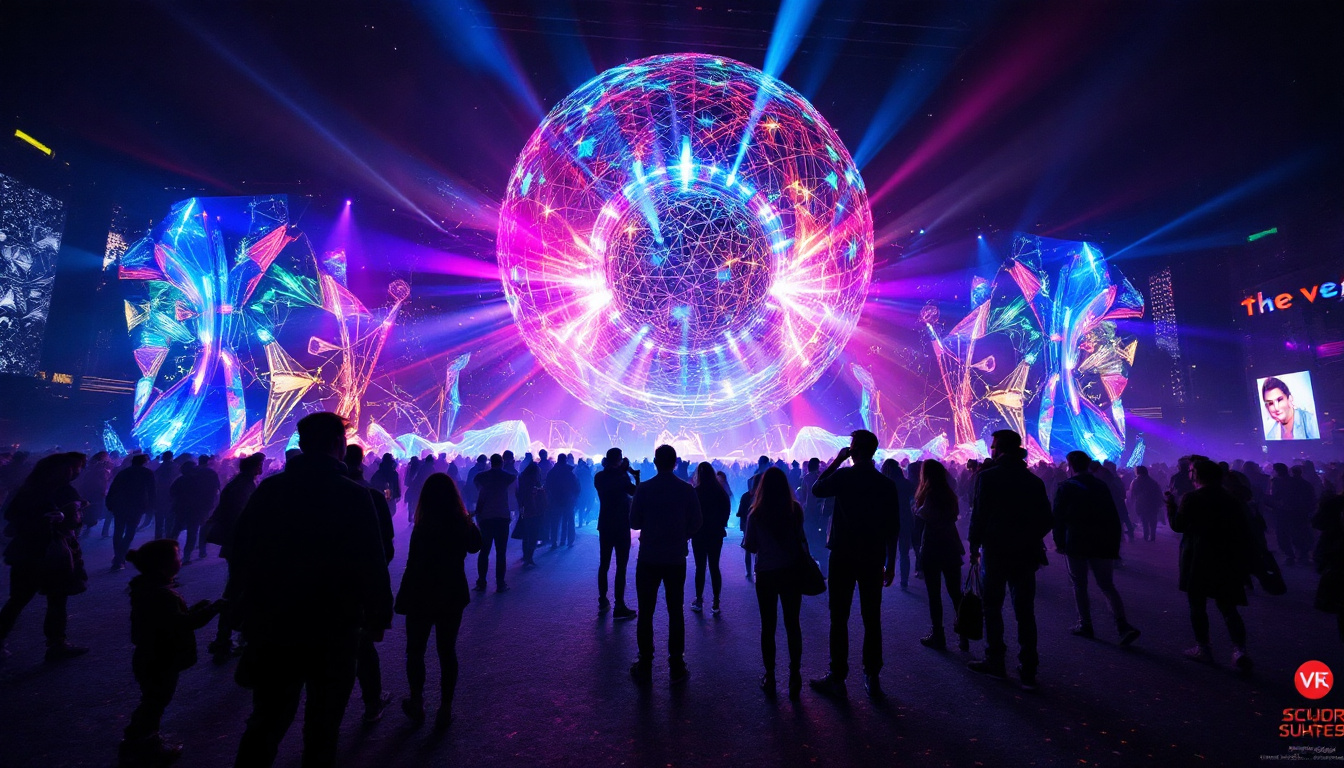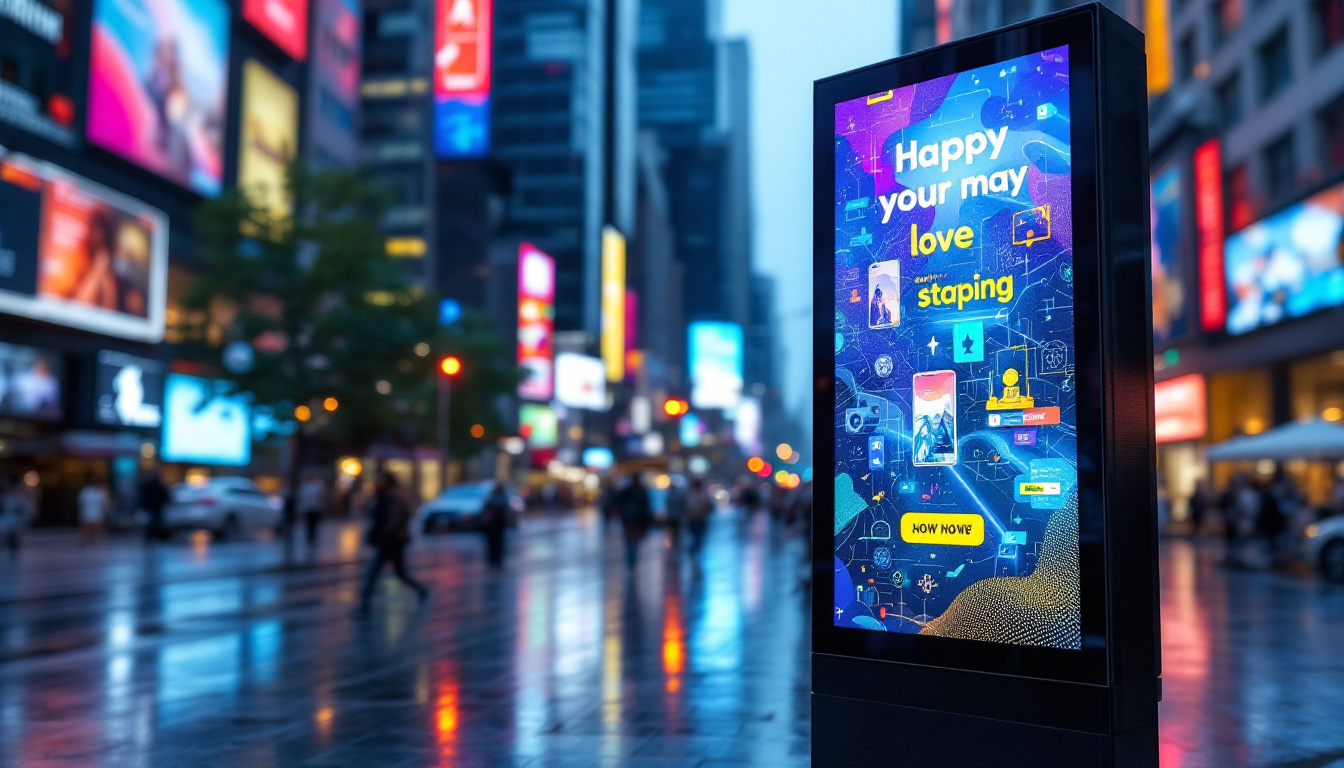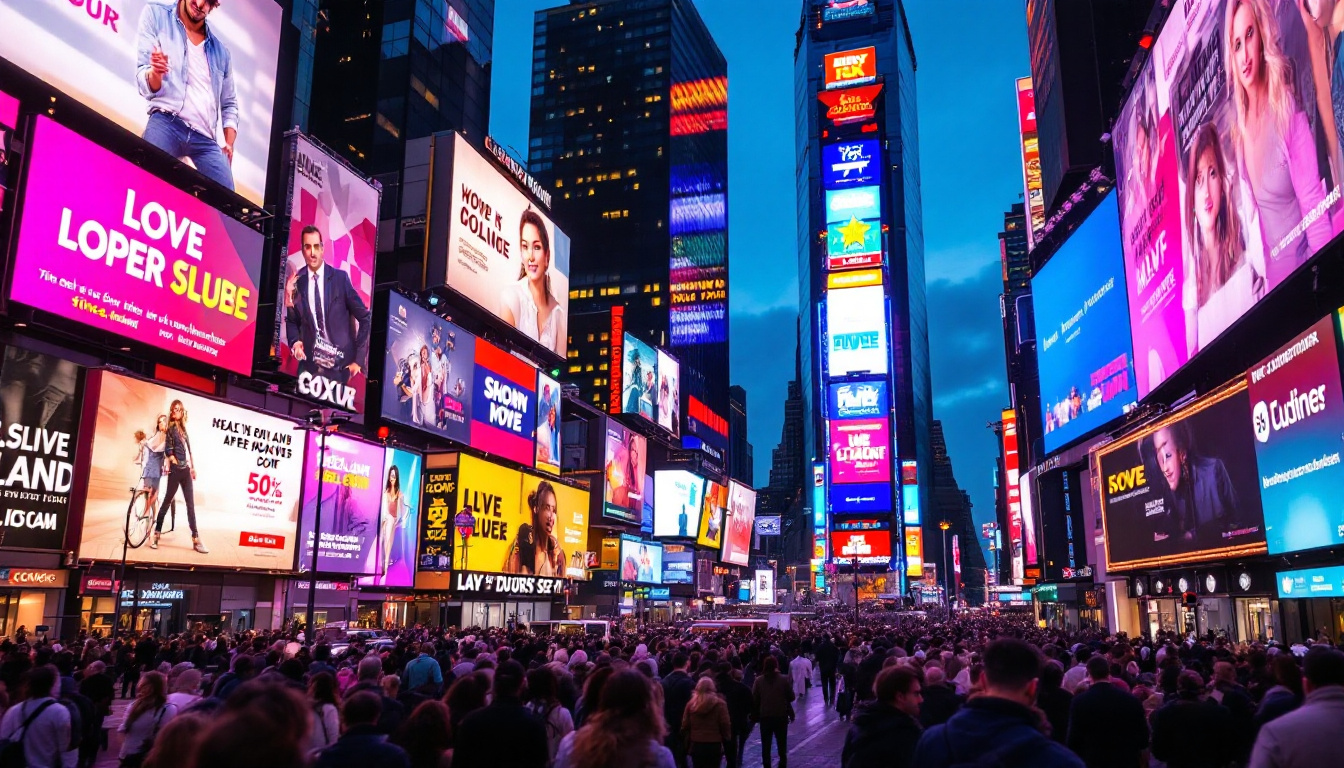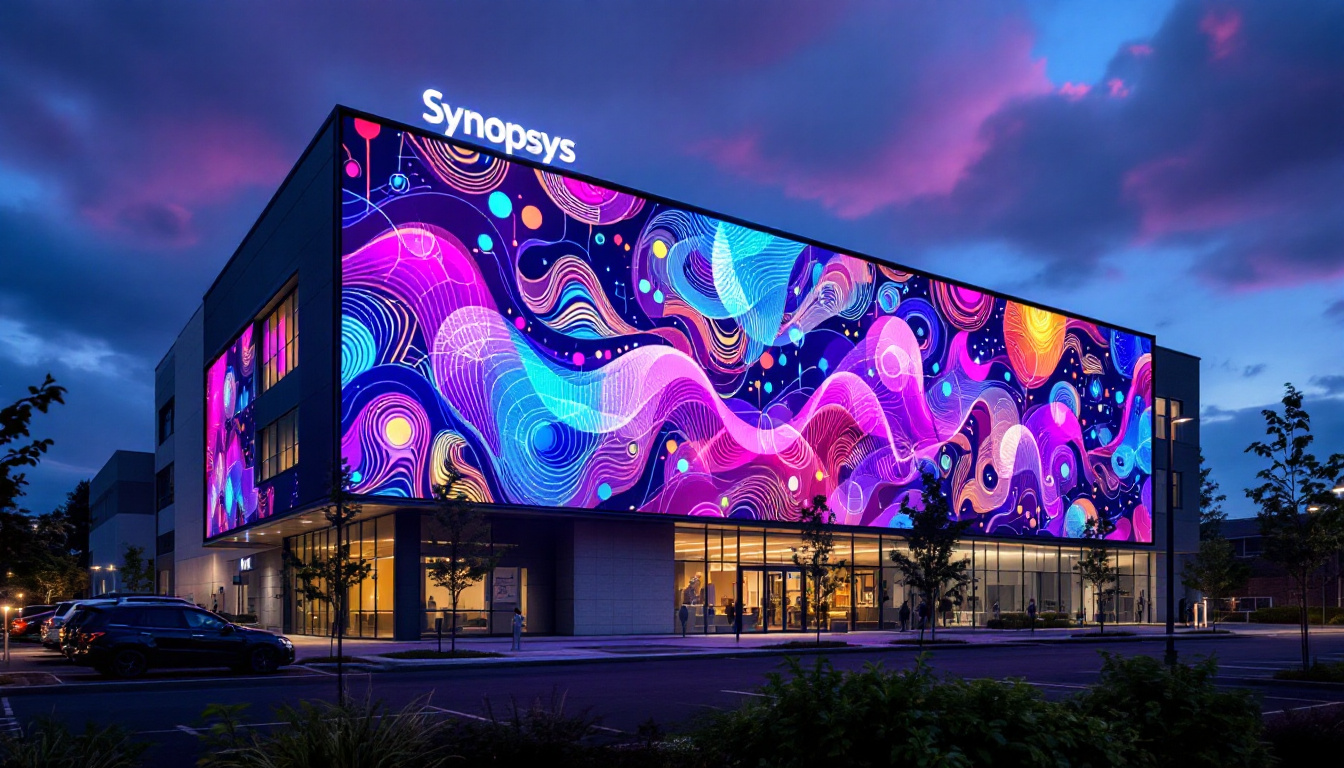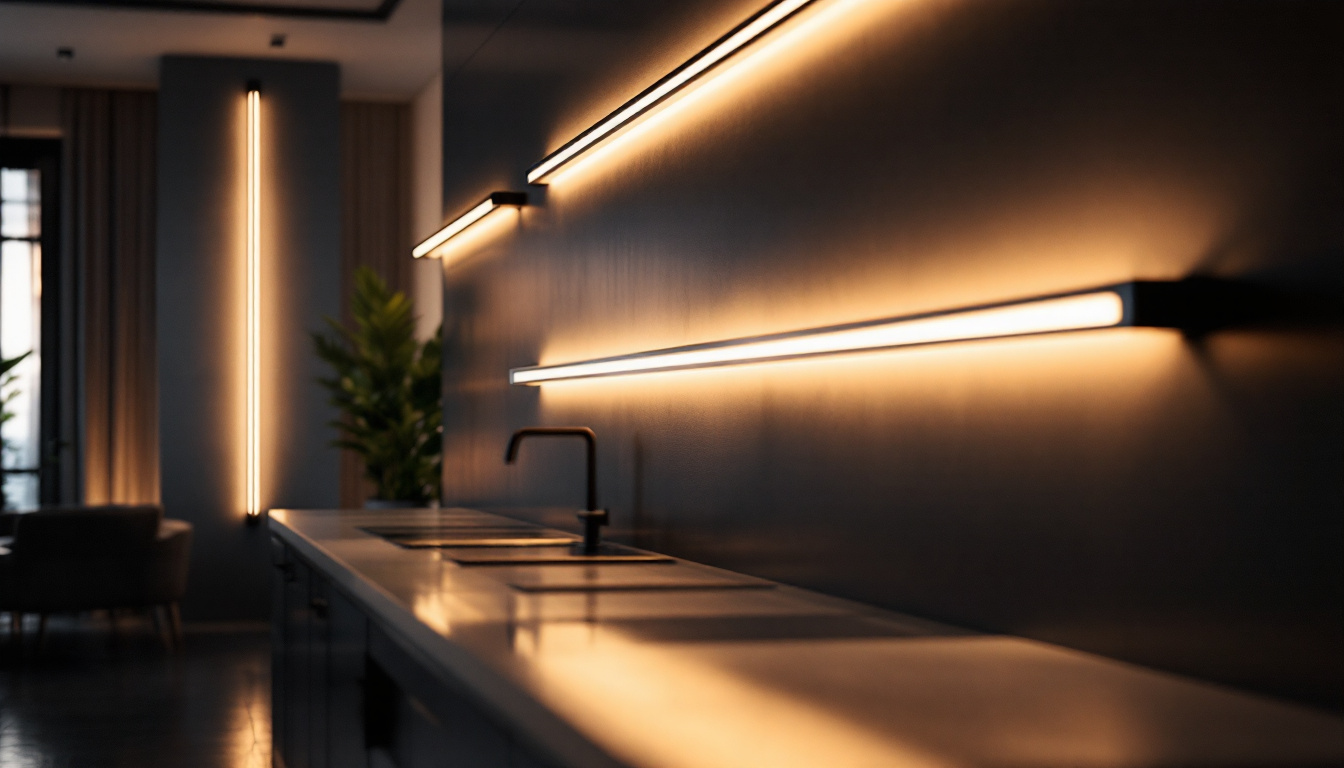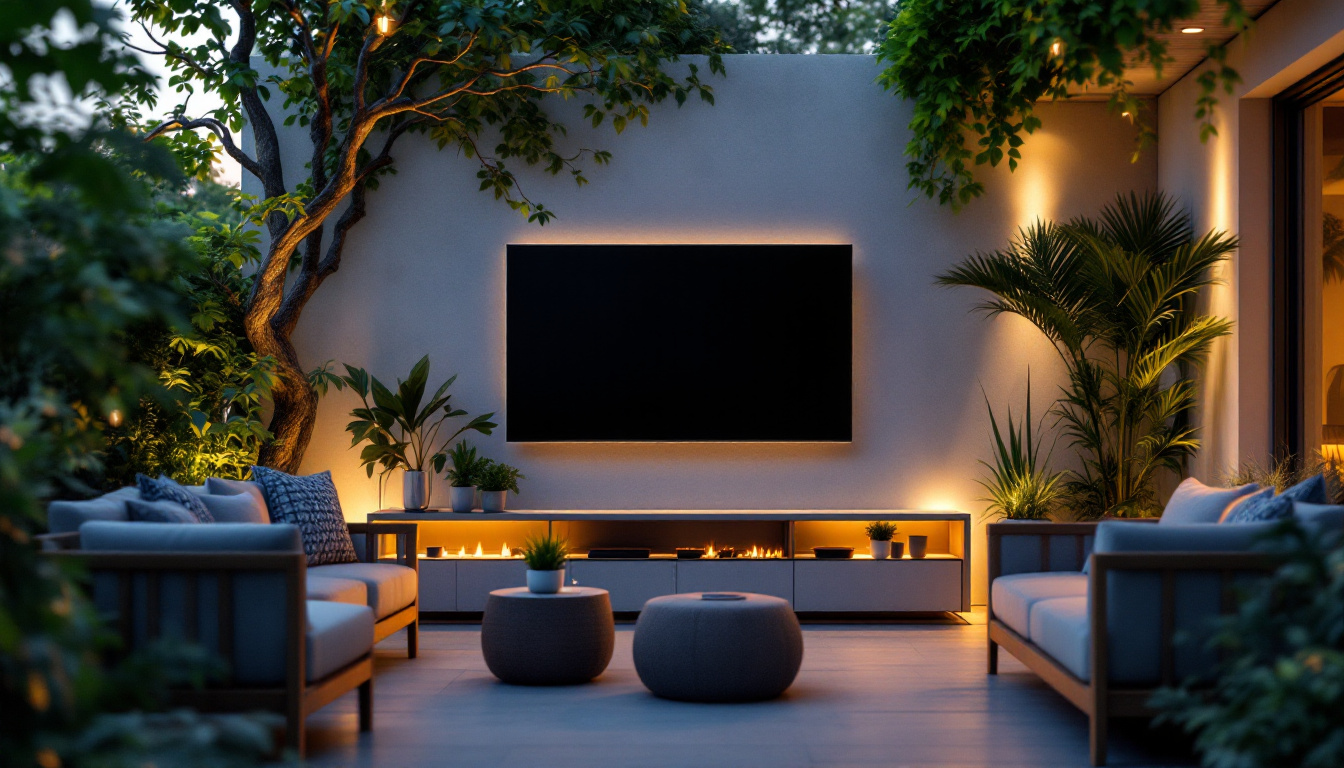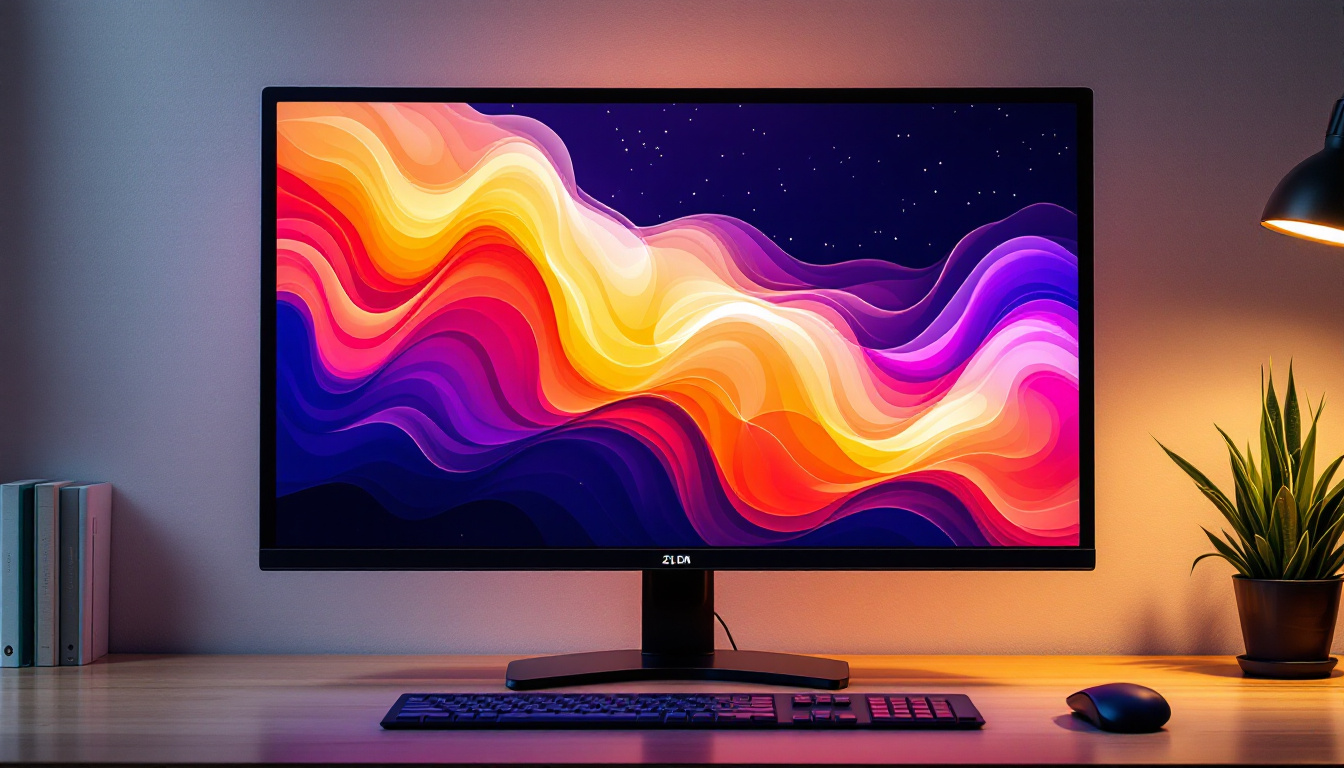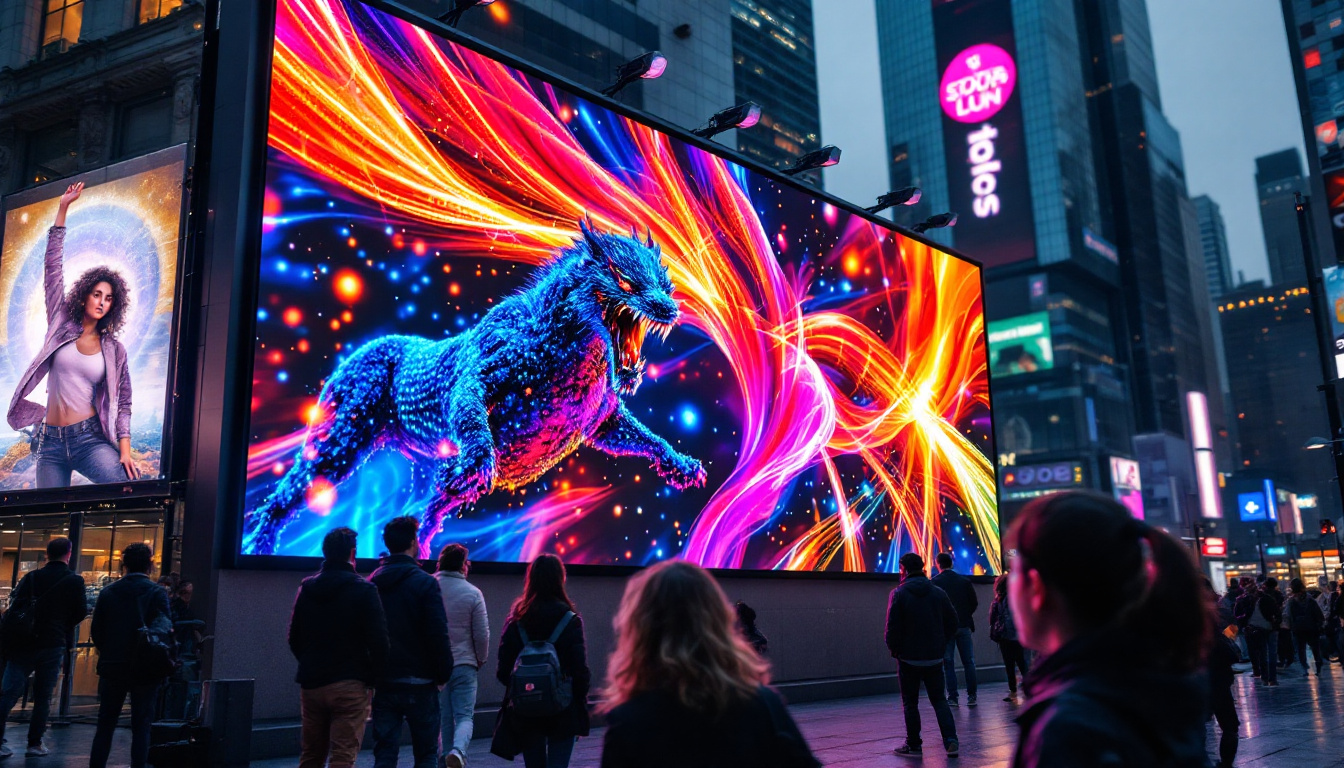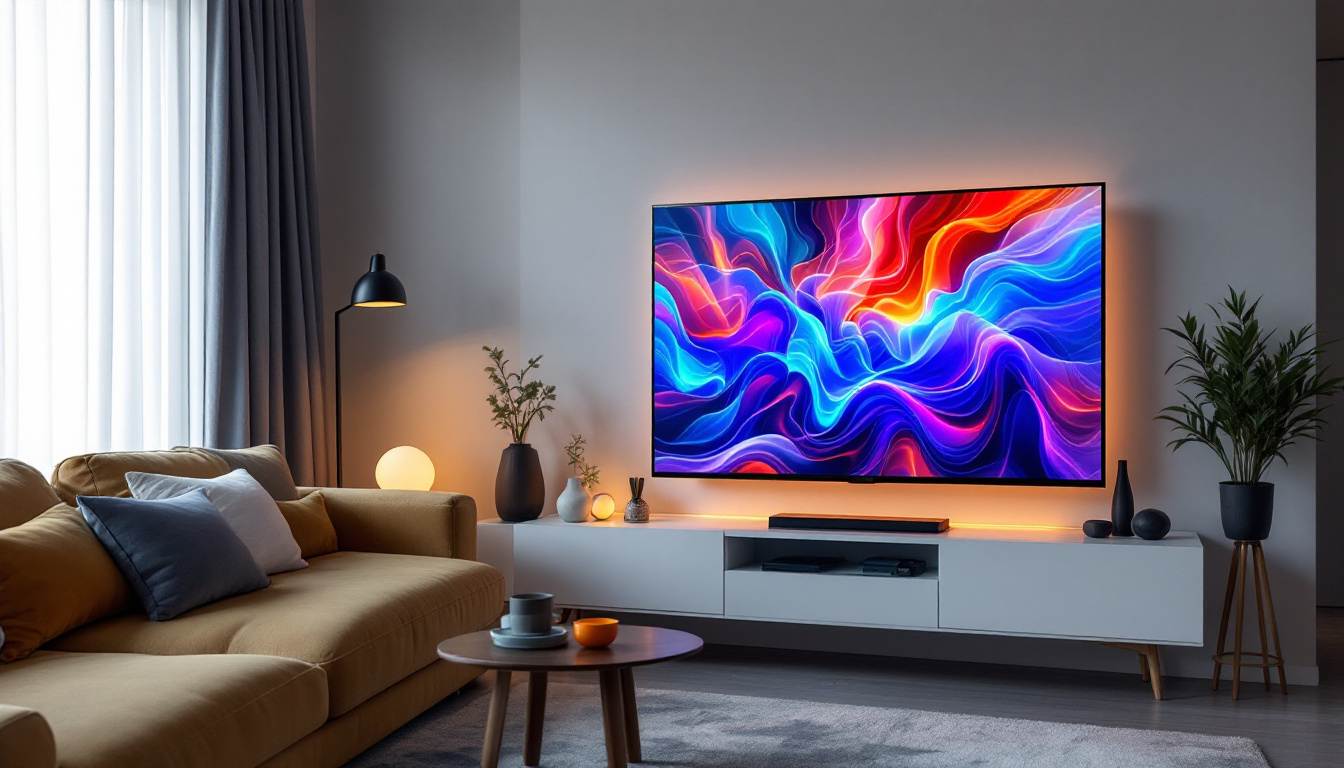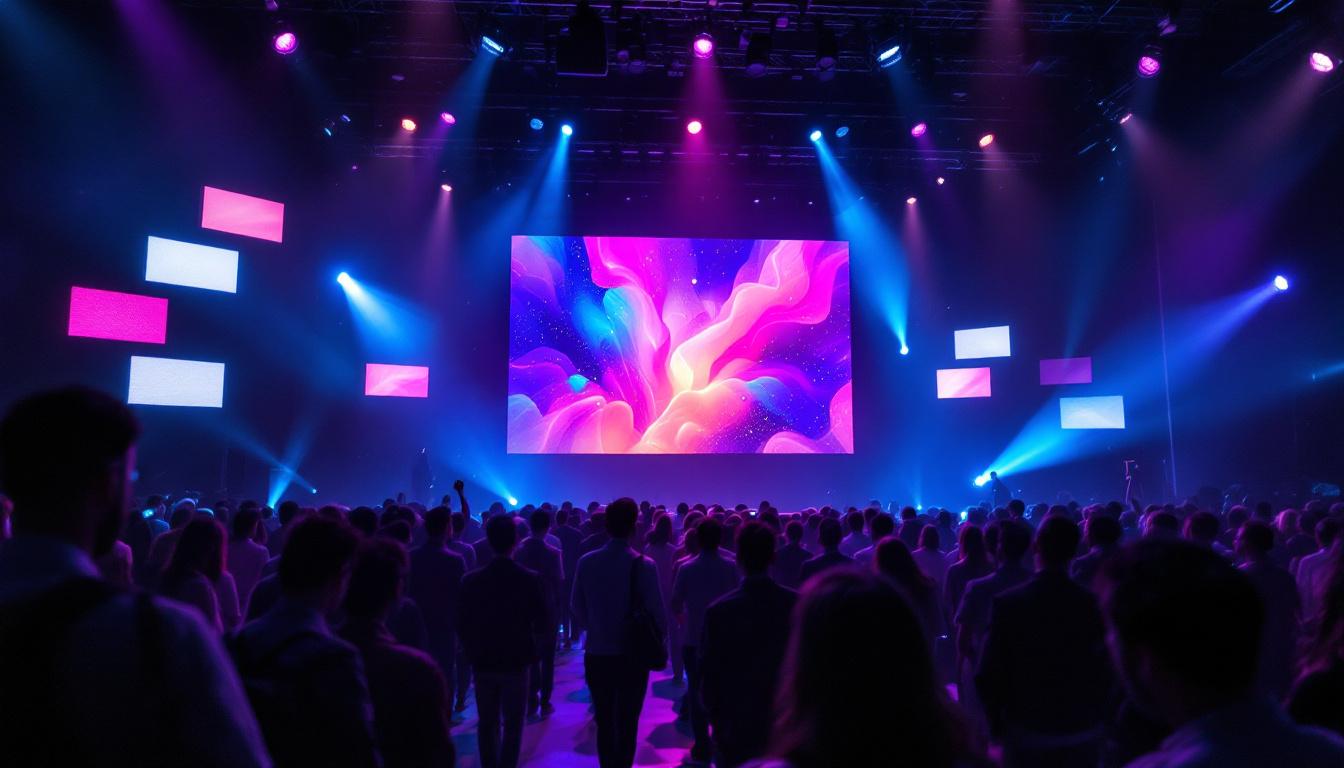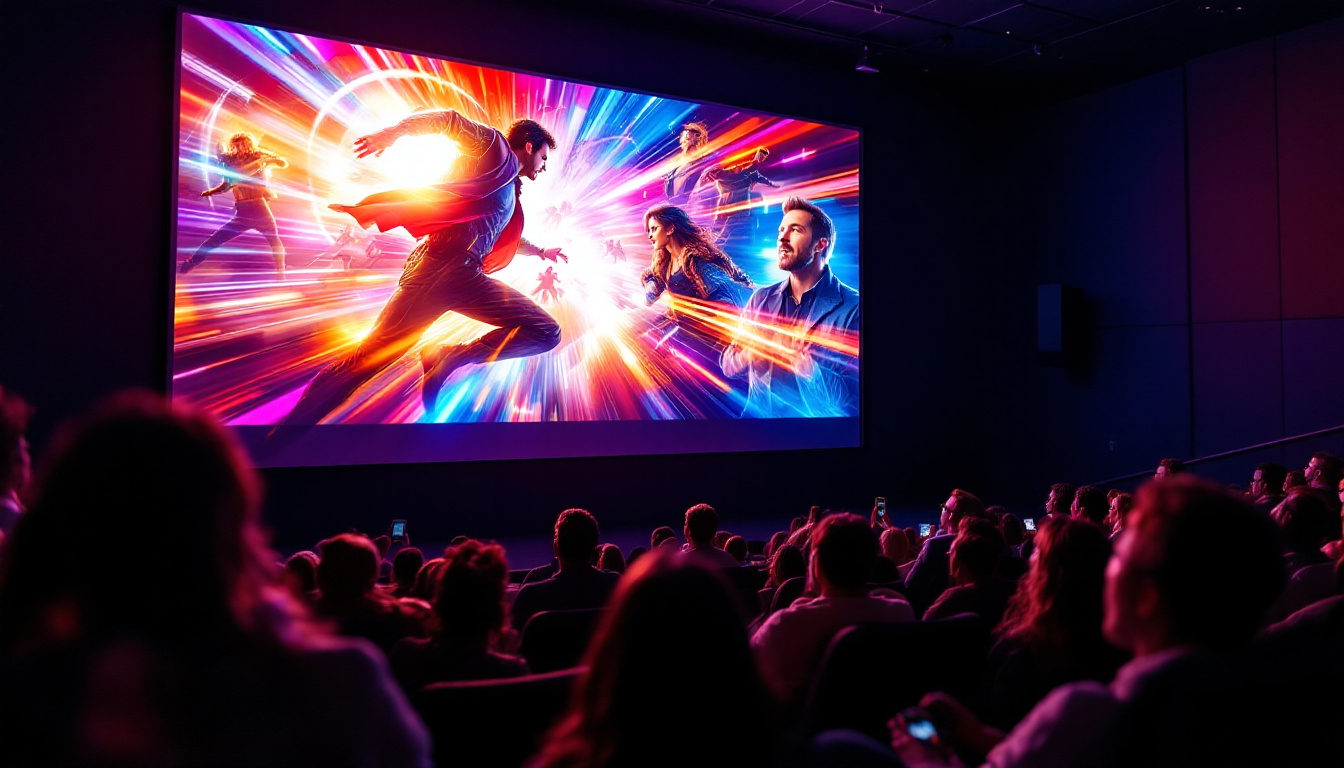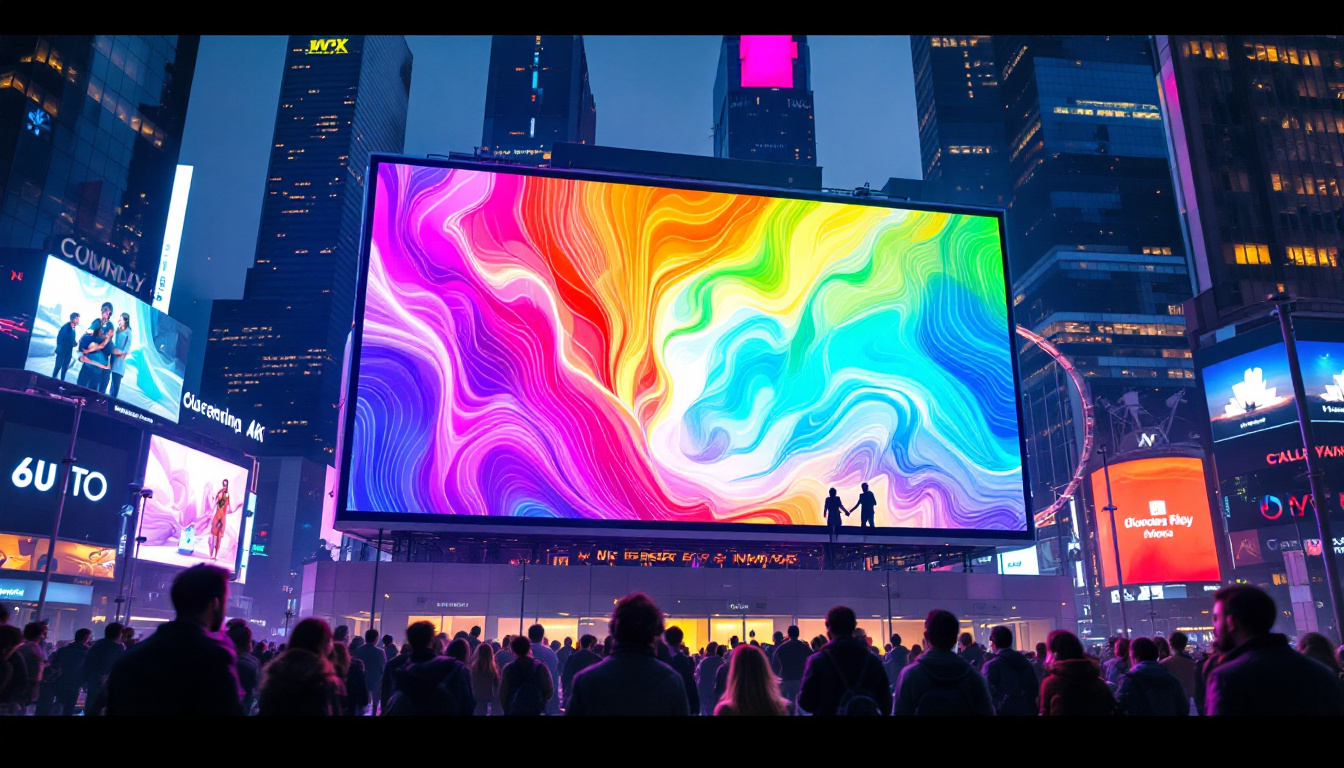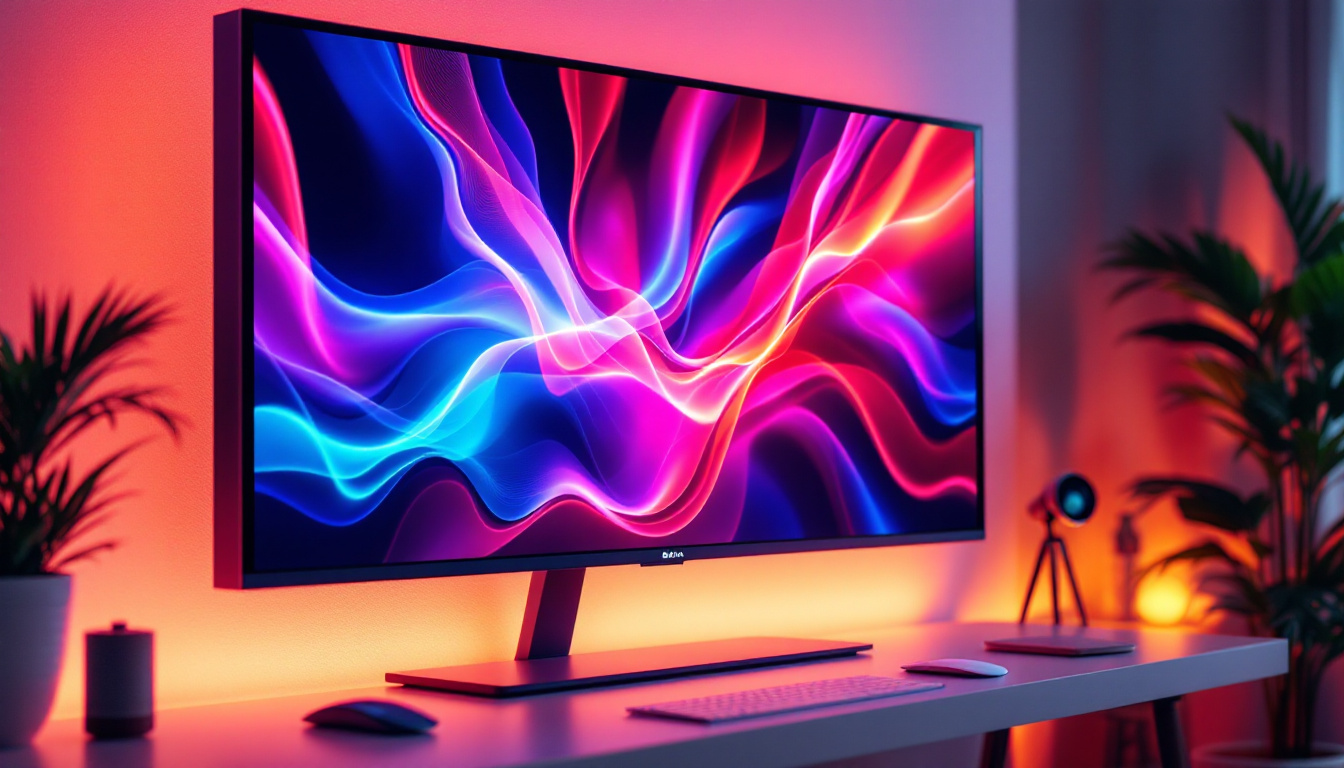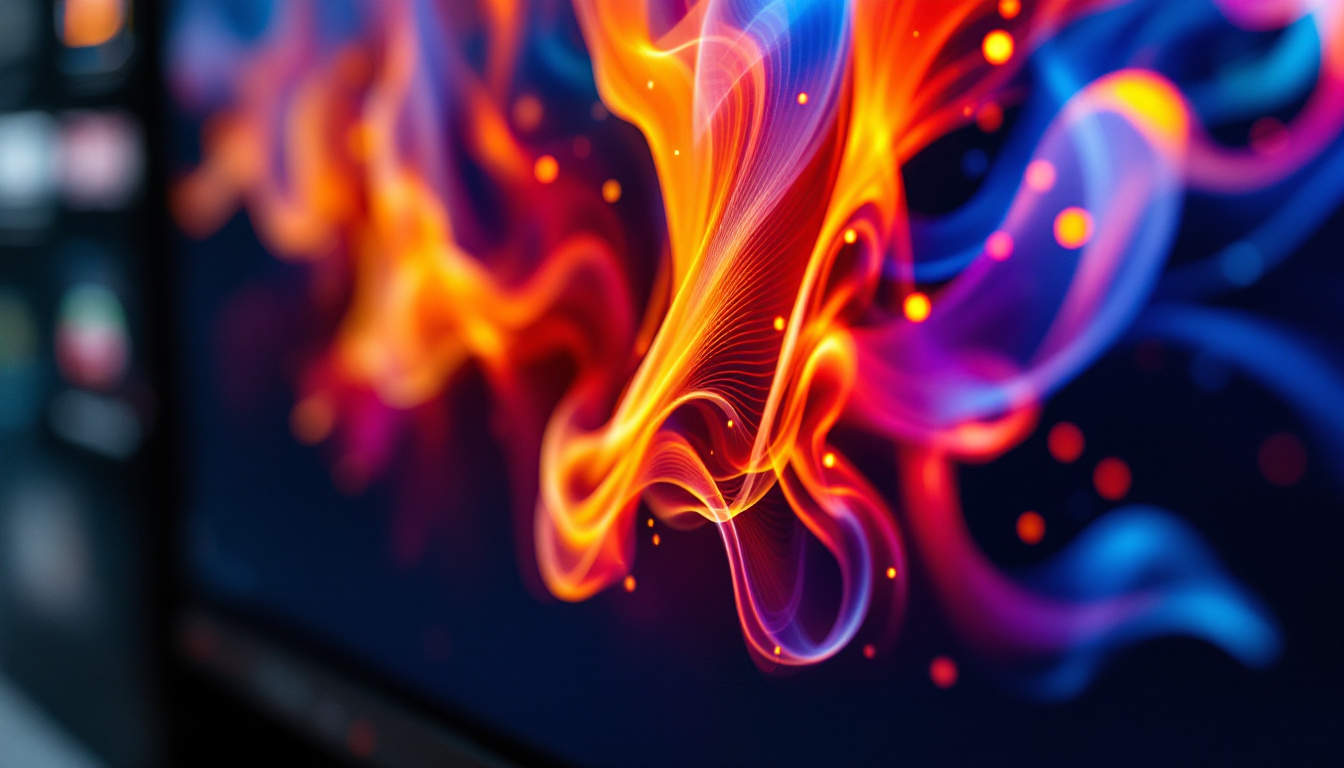Choosing the right lighting for video production is crucial to achieving professional-quality visuals. Among the many lighting technologies available, LED displays have emerged as a leading choice for filmmakers, content creators, and videographers. This article explores why LED displays are considered the best light for video, breaking down their benefits, technical features, and practical applications.
Understanding LED Displays in Video Production
LED (Light Emitting Diode) displays are widely used in video production for their versatility and superior lighting quality. Unlike traditional lighting sources such as tungsten or fluorescent bulbs, LEDs offer a range of advantages that make them ideal for modern video workflows.
At their core, LED displays consist of numerous tiny diodes that emit light when an electrical current passes through them. These diodes can be arranged in panels or arrays, allowing for customizable shapes and sizes. This modularity enables filmmakers to create precise lighting setups tailored to specific scenes or environments. Additionally, the lightweight nature of LED technology allows for easy transport and setup, making them a favorite among on-location shoots where space and weight are often at a premium.
One of the key reasons LED displays are favored in video production is their ability to produce consistent, flicker-free light. Flicker can cause distracting artifacts in video footage, especially when shooting at higher frame rates or slow-motion. LEDs, when properly designed and powered, eliminate this issue, ensuring smooth and clean visuals. Furthermore, many modern LED displays come equipped with adjustable color temperatures, allowing cinematographers to match the lighting to the ambient conditions or to create specific moods that enhance the storytelling aspect of their projects.
In addition to their lighting capabilities, LED displays also offer energy efficiency that is unparalleled in the industry. Consuming significantly less power than traditional lighting options, they not only reduce electricity costs but also contribute to a more sustainable production process. This energy efficiency is particularly beneficial during long shoots, where maintaining power levels can become a logistical challenge. Moreover, the longevity of LED lights means less frequent replacements, further minimizing waste and downtime on set.
Another noteworthy feature of LED technology is its ability to integrate seamlessly with advanced control systems. Many LED displays can be remotely controlled, allowing for real-time adjustments in brightness, color, and effects without the need for physical access to the lights. This capability is especially useful in dynamic shooting environments where quick changes are necessary to adapt to evolving scenes. As filmmakers continue to explore the creative possibilities offered by LED technology, the integration of smart controls and automation is likely to become a standard practice, pushing the boundaries of visual storytelling even further.
Key Advantages of LED Lighting for Video
Energy Efficiency and Longevity
LED lights consume significantly less power compared to traditional incandescent or halogen bulbs. This efficiency translates to lower energy costs and less heat generation on set, which is particularly beneficial during long shoots or in confined spaces.
Moreover, LEDs have an impressive lifespan, often exceeding 50,000 hours of continuous use. This durability reduces the need for frequent replacements, making them a cost-effective investment for studios and independent creators alike. In addition to their longevity, the reduced energy consumption of LEDs contributes to a smaller carbon footprint, aligning with the growing trend of sustainable production practices in the film and video industry. As more creators prioritize eco-friendly solutions, LED lighting stands out as a responsible choice that not only saves money but also supports environmental conservation.
Color Accuracy and Control
Color rendition is vital in video production. LED displays typically offer high Color Rendering Index (CRI) values, often above 90, which means they reproduce colors more faithfully than many other light sources. Accurate color reproduction helps maintain the integrity of the scene and reduces post-production color correction efforts.
Additionally, many LED panels come with adjustable color temperature settings, ranging from warm (around 2700K) to daylight (6500K) and beyond. This flexibility allows videographers to match the ambient lighting or create specific moods without needing multiple types of lights. Furthermore, some advanced LED systems incorporate RGB capabilities, enabling creators to produce a wide spectrum of colors and effects. This feature not only enhances creative possibilities but also allows for dynamic lighting changes during a shoot, adding depth and interest to the visual narrative.
Portability and Ease of Use
Modern LED panels are lightweight and compact, making them easy to transport and set up. Battery-powered options further enhance mobility, enabling shooting in remote locations without access to mains electricity.
The ability to quickly adjust brightness and color temperature via onboard controls or remote apps streamlines the lighting process, saving valuable time on set and allowing for creative experimentation. Many LED lights also come with user-friendly interfaces and presets, allowing filmmakers to replicate specific lighting setups from previous shoots effortlessly. This ease of use is especially beneficial for solo operators or small crews, as it minimizes the technical barriers to achieving professional-quality lighting. Additionally, the durability of LED fixtures means they can withstand the rigors of on-location shooting, making them a reliable choice for adventurous filmmakers who venture into challenging environments.
Technical Features That Enhance Video Lighting
Flicker-Free Operation
Flicker is a common problem with many lighting sources, caused by the rapid cycling of power that is imperceptible to the human eye but visible on camera. LED displays designed for video incorporate high-frequency drivers and advanced circuitry to maintain constant light output, eliminating flicker even at high frame rates. This is particularly crucial for live broadcasts and high-speed filming, where any flicker can detract from the overall quality of the footage. The ability to provide flicker-free lighting not only enhances the visual experience but also reduces the post-production workload, as editors spend less time correcting flicker-related issues.
High Refresh Rates and PWM Dimming
Pulse Width Modulation (PWM) is a technique used to dim LED lights by rapidly switching them on and off. While effective, low-frequency PWM can introduce flicker. Professional LED panels use high-frequency PWM or alternative dimming methods to ensure smooth dimming without compromising image quality. This is essential for capturing high-definition video, where even the slightest flicker can be magnified on screen. Additionally, high refresh rates allow for seamless transitions in lighting, enabling filmmakers to create dramatic effects that enhance storytelling. The combination of high refresh rates and advanced dimming techniques empowers cinematographers to achieve the perfect ambiance for every scene.
Modularity and Customization
LED displays can be configured as single panels or combined into larger arrays, allowing for creative lighting designs. This modularity is especially popular in studio environments and large-scale productions where complex lighting setups are required. The ability to easily reconfigure lighting setups means that directors and lighting designers can adapt to the unique demands of each shoot, whether it’s a tight space requiring compact lighting solutions or a grand set needing expansive illumination. Furthermore, the lightweight nature of LED panels allows for easy transport and installation, making them a favorite among traveling productions.
Some LED systems also integrate with software platforms, enabling precise control over color, intensity, and effects, which can be synchronized with other production elements for dynamic lighting sequences. This level of customization allows for the creation of immersive environments, where lighting can change in response to the narrative or emotional tone of a scene. Advanced features like color temperature adjustment and programmable effects not only enhance the visual storytelling but also provide filmmakers with the tools to push creative boundaries, resulting in visually stunning and engaging content.
Practical Applications of LED Displays in Video Production
Studio Lighting
In controlled studio environments, LED panels provide consistent, adjustable lighting that can be tailored to different scenes and subjects. Their low heat output makes them comfortable for talent and crew, while their color accuracy ensures that skin tones and set details are rendered naturally.
On-Location Shoots
For outdoor or remote shoots, battery-powered LED panels offer a reliable light source without the need for bulky generators or extensive cabling. Their portability and durability make them ideal for documentary filmmakers, event videographers, and travel content creators.
Green Screen and Virtual Production
LED displays are increasingly used as dynamic backgrounds in virtual production setups. Large LED walls can display real-time rendered environments, providing natural lighting and reflections that enhance realism. This technology reduces the need for post-production compositing and allows actors to interact with their surroundings more naturally.
Choosing the Right LED Display for Your Video Needs
Assessing Brightness and Size
The brightness of LED panels is measured in lux or lumens. For video work, panels with adjustable brightness up to 1000 lux or higher are preferred to accommodate various shooting conditions. The size of the panel should also align with the scale of the production and the desired lighting effect.
Color Temperature Range and CRI
Select LED panels that offer a wide color temperature range and a CRI of 90 or above to ensure accurate color reproduction. Some advanced models provide full-spectrum lighting or RGB capabilities for creative color effects.
Power Options and Portability
Consider whether you need AC-powered lights for studio use or battery-powered options for mobility. Battery life, recharge time, and compatibility with common battery types are important factors for on-location shoots.
Additional Features
Look for features such as wireless control, built-in diffusion filters, barn doors for light shaping, and compatibility with light modifiers. These can enhance flexibility and ease of use on set.
Conclusion: Why LED Displays Are the Best Light for Video
LED displays have revolutionized video lighting by combining energy efficiency, color accuracy, portability, and advanced technical features. Their flicker-free operation and customizable settings make them indispensable tools for filmmakers seeking professional results.
Whether shooting in a studio, on location, or within virtual production environments, LED lighting offers unmatched versatility and quality. Investing in high-quality LED panels not only improves the visual appeal of video content but also streamlines production workflows, ultimately elevating the storytelling experience.
Illuminate Your Vision with LumenMatrix
Ready to take your video production to the next level? Discover the unparalleled performance and versatility of LumenMatrix’s innovative LED display solutions. Whether you’re looking to create an immersive studio environment, captivate an outdoor audience, or enhance your mobile advertising, LumenMatrix has the technology to bring your vision to life. From Indoor and Outdoor LED Wall Displays to specialized solutions like Sports and Floor LED Displays, our products are designed to deliver exceptional visual impact. Check out LumenMatrix LED Display Solutions today and experience the future of visual storytelling.

